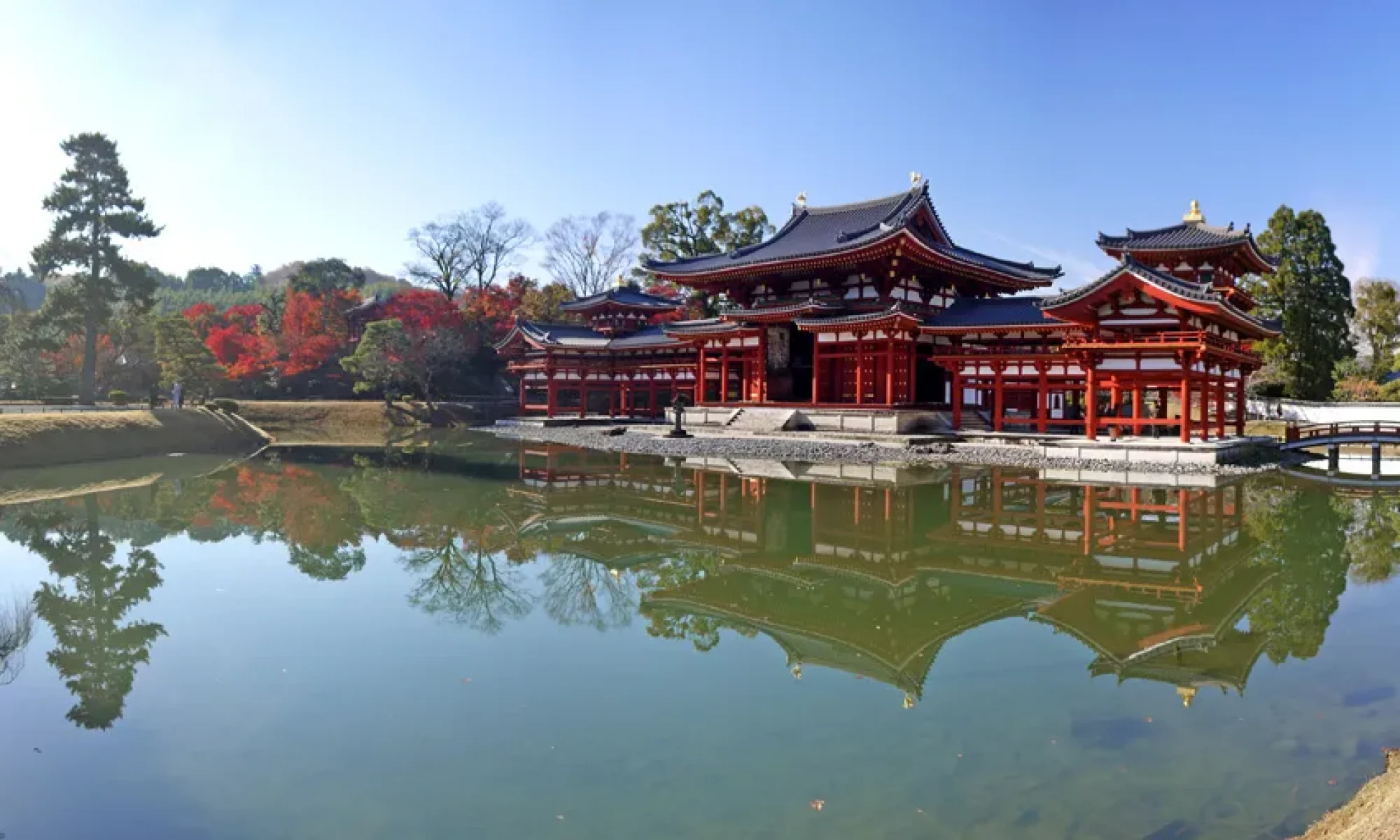Heian Fujiwara
Row of Fujiwara court nobles (Fujiwara period) This represents the imperial court customs of the Fujiwara clan in their heyday, when the influence of the Tang style faded away and a unique Japanese “national culture” developed after the mid-Heian period, and represents the summer formal wear of civilian and military officials.










